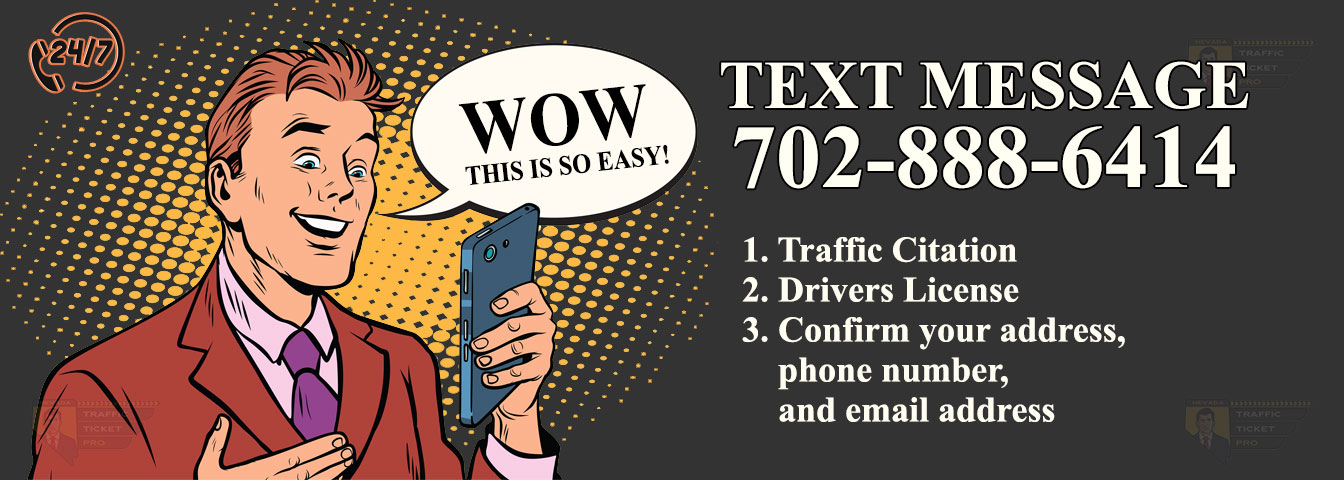Principle 1: Avoid Provocation
In the realm of road etiquette, steering clear of behaviors that commonly infuriate fellow drivers is paramount. To minimize the risk of provocation and enhance road safety, adhere to the following guidelines:
- Cutting off:
- Exercise caution during merges, ensuring sufficient space.
- Signal intentions clearly before maneuvers.
- Extend a gesture of apology for inadvertent errors.
- If cut off, maintain composure, decelerate, and allow merging space.
- Driving slowly in the left lane:
- Yield to faster vehicles when in the left lane.
- Abide by state laws requiring travel in the right lane.
- Prioritize courtesy by facilitating overtaking maneuvers.
- Tailgating:
- Maintain a two-second gap between vehicles.
- Increase distance if a car is perceived as slow.
- If tailgated, signal, and safely yield to allow overtaking.
- Gestures:
- Refrain from offensive gestures, fostering a composed demeanor.
- Exercise restraint, avoiding actions that may incite anger.
- Prioritize cautious driving, minimizing the need for expressions of frustration.
Principle 2: Non-Engagement
In the face of an aggressive driver, resilience and non-engagement are key protective measures:
- Anger Management:
- Disallow anger to cloud judgment, recalling the words of Robert Ingersoll.
- Reflect on potential consequences before retaliating.
- Embrace a composed mindset, recognizing the hazards of aggressive reactions.
- Steer Clear:
- Provide ample distance from irate drivers.
- Minimize interactions with angered individuals.
- Avoid roadside confrontations, prioritizing personal safety.
- Avoid Eye Contact:
- Mitigate personalization by refraining from eye contact.
- Prevent escalation by maintaining a non-confrontational stance.
- Uphold impersonality to quell potential hostilities.
- Seek Assistance:
- Utilize technology, like cell phones, to contact law enforcement.
- Choose public locations for refuge, dissuading confrontations.
- Sound the horn to attract attention if threatened but avoid confrontation.
Principle 3: Attitude Adjustment
Effective prevention of aggressive driving emanates from a transformative internal approach:
- Forget Winning:
- Shift from a competitive mindset to a more relaxed approach.
- Allocate extra time for journeys to alleviate time-related stress.
- Embrace calming activities like music or deep breathing techniques.
- Empathy:
- Foster understanding by considering the motivations of other drivers.
- Refrain from personalizing actions, recognizing diverse circumstances.
- Cultivate a calm disposition, impervious to external provocations.
- Seek Help if Needed:
- Acknowledge potential anger issues and consider anger management courses.
- Leverage available resources, such as self-help books on stress and anger reduction.
- Prioritize mental wellness, recognizing its impact on driving behavior.
In conclusion, embodying these principles not only enhances personal safety but contributes to a harmonious driving environment for all road users. For legal guidance on road safety matters, consult with a proficient law firm specializing in traffic-related issues.




